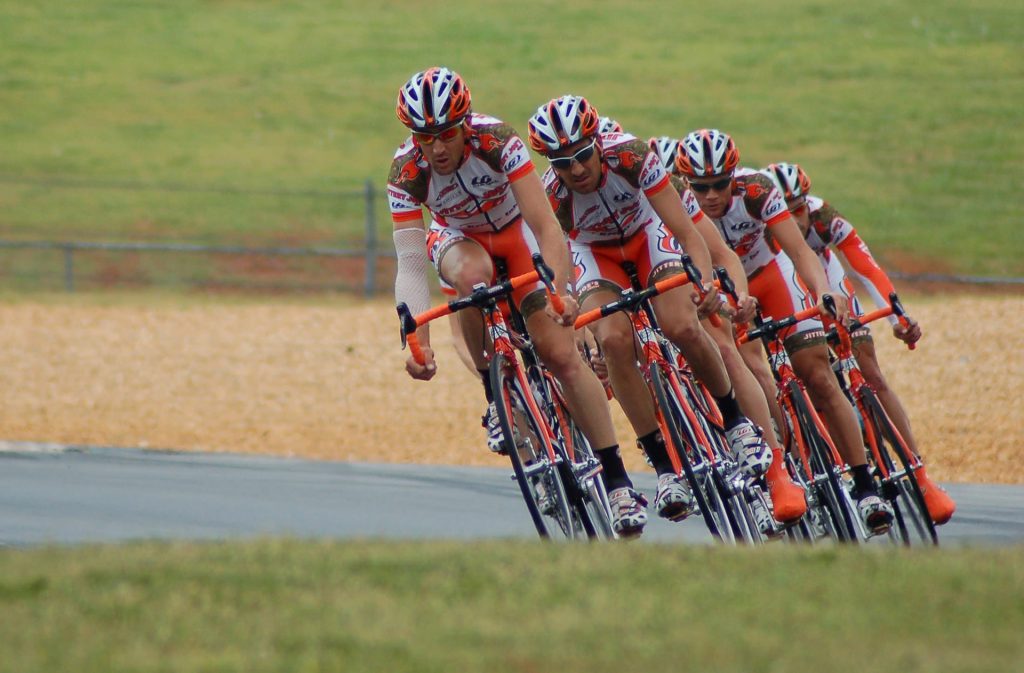https://dl.acm.org/doi/pdf/10.1145/3383219.3383244

Working with metrics is a domain which calls for empirical data, which constantly changes. Software companies evolve and their metric programs evolve. I’ve always been interested how the metrics data is used in companies, especially in other geographical regions than the nordics. Although there are differences between companies in Sweden, Danmark or Finland, these companies are still more similar to each other than companies within the same domain in other parts of the world – and that’s perfectly fine.
In this paper, the authors captured my attention because they studied a few companies that were not on my radar before. The author have also found an interesting angle on the metrics work – what makes a metric actionable?
As it turns out, there are a few things that make the metrics actionable:
- being practical
- inform decision-making, and
- exhibit data quality
These three characteristics are very important and agreed upon by most of the respondents. The authors also recognise the need of the metrics to be temporal, i.e. relevant for the information needs at hand.
What I also liked about the paper is that they provide the link to their data, which is the set of metrics used by the studied companies – a very interesting list: https://doi.org/10.5281/zenodo.3580893
However, what is interesting, and contradictory to what we have observed in our work, is the fact that the metrics which are focused on specific projects/products or universal, were not that popular. Instead, the metrics should be applicable for multiple products/projects, i.e. the type of the measured entity should contain more than one instance.
So, are the non-actionable metrics a complete waste of time then? Well, I would not say so. Neither do the authors. The non-actionable metrics can still be informative. They can be used to raise awareness of the issue, or simply provide the means for monitoring of the situation or the product, without the need to trigger specific decisions. Examples – product sales numbers, customer satisfaction, etc. Hard to act on them directly, but very important to collect and monitor.






